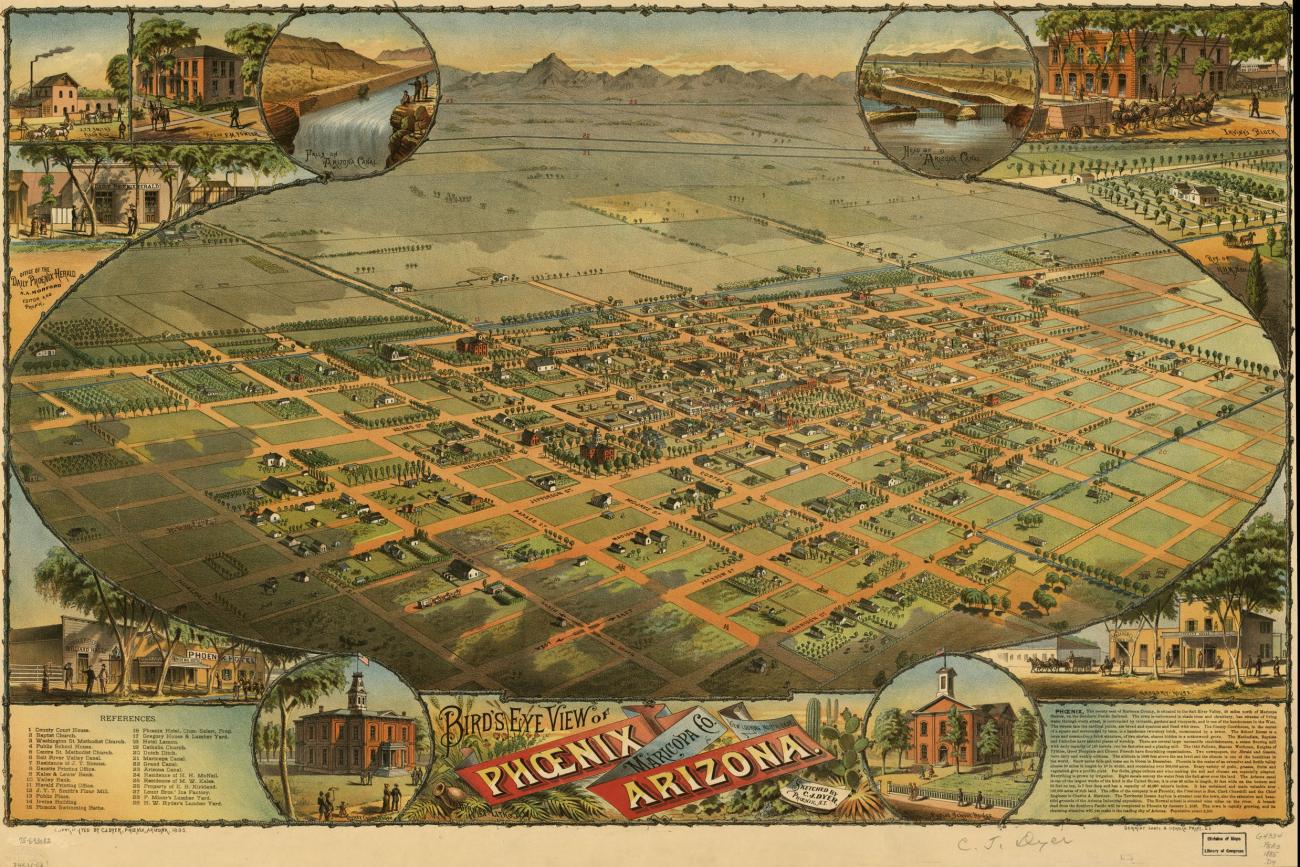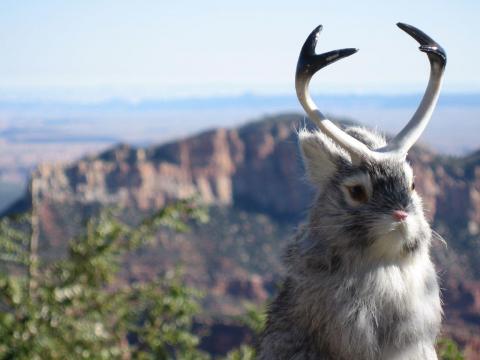Stories Are Good for You: Students Present at American Folklore Society Meeting
The term folklore often evokes a limited range of cultural production more appropriate to the early days of the discipline than to our century. What first comes to mind are fantastic narratives set in an indeterminate European Once-Upon-A-Time, such as are found in the märchen of Jacob and Wilhelm Grimm. Tribal oral narratives also qualify, as do the solar myths propounded by nineteenth-century scholars. And of course, folk music, dancing, costumery, and food from any cultural group—that is, as long as the people and customs under study are what would be considered quaint.
The very word folklore has archaic roots. Some in the field view it as insufficient to express what the discipline has encompassed in the days since Perrault, Anderson, and Müller and would have it replaced. I am not one of these. For all its baggage, I love the ring of it although I don't deny that monumental changes in the discipline must be acknowledged and embraced. The folk are no longer simply European peasants and tribal peoples; they include all of the world's cultural groupings, and lore has expanded from oral production, preferably ancient or esoteric, to the written page and the discursive arena of the Internet.
The joke is a sub-genre of verbal folklore, and there is one in particular I tell in my classes to demonstrate how far folkloristics has expanded the parameters of what it studies. Listen:
Question: How many software engineers does it take to screw in a light bulb?
Answer: Software engineers don't screw in light bulbs. That's a hardware issue.
No cackling crones or Bavarian cobblers in this clearly contemporary expression of occupational lore, and anyone who has worked in a computer manufacturing environment gets its relevance (software engineers have a notorious aversion to hand tools. Writing code is their bailiwick, and from its walls none shall stray). Such jokes, while often racist or chauvinist, in cases like this reflect a good-humored recognition of a particular group's idiosyncrasies, often by members of that group as an act of self-definition.
The wide variety of panel topics at the annual meeting of the American Folklore Society reflects the number and variety of paths folkloristics has taken in the last hundred years. Old standards such as fairy tale and legend (verbal lore), quilting and instrument making (material lore), and tribal ritual and work songs (customary lore) are still well-represented. Newer focuses such as digital media, computer gaming, online communities, LGBT, tourism, vernacular architecture, and trans-nationalism are gaining prominence every year. The canon of folk groups has become especially inclusive, reflecting more accurately the complexity of human culture. Engineers, not as quaint as railway workers, loggers, or coal miners, wouldn't have been considered part of the Folk fifty years ago, nor would the Quality of Downton Abbey. Today, both are fair game.
Last October, two of my undergraduate folklore students presented papers at the Annual Meeting of the American Folklore Society (AFS) in Long Beach, California. Savannah Blitch spoke of the imagery and symbolism of open and closed circles driving the dialogue between realism and the fairy tale in Guillermo del Toro's Pan's Labyrinth. Faith Paulsen wrote on the rhetoric of fear in the medieval Catholic ghost legends of Rodulfus Glauber (sadly, Paulsen was ill and couldn't attend the conference, so I read for her). Both papers were well-received and Blitch and Paulsen can now boast the valuable experience of presenting at an international academic conference. Former department grad students have also presented in years past: Billy Cioffi on connections between nineteenth-century American minstrelsy and the Doo-Wop music of the 1950s and 60s, Michael Jung on the effect of censorship on fan folklore connected to L. Frank Baum's Wizard of Oz series.
I began presenting at AFS as a department grad student in 1998, as did fellow ASU grad student Judith Lanzendorfer (MA 1997; PhD 2001). Lanzendorfer now teaches at the University of Findlay in Ohio. At past meetings, she has headed up student panels and chaired the society's Medieval section. Department faculty member Heather Hoyt has also presented, as have department alumni Lutfi Hussein (MA 2000; PhD 2006) Christina Francis (PhD 2004), Elizabeth McNeil (MFA 1992; PhD 2003), Stephanie Volf (MA 2006; PhD 2008), and Michelle Dwyer (MA 2000). Volf read an especially interesting, and esoteric, paper on the visual symbolism of medieval European birthing girdles.
I have always promoted participation in academic conferences in my undergraduate classes, especially for those who plan to continue on to grad school. The American Folklore Society is student-friendly on all fronts, to both graduates and undergraduates. Students frequently read on panels, often alongside of major scholars in the field. Grants are available for conference expenses, and there is a student section as well as a reception for student presenters and attendees on the first night. To ice the cake, there are music sessions in the late evening, for both instrumentalists and singers (many of the ethnomusicologists in the society are also performers). In the singing sessions, you may hear Bulgarian wedding songs, French-Canadian sea shanties, or Irish Gaelic laments. At the Atlanta meeting, the storytelling and foodways sections partnered, serving three kinds of pies (pecan, apple, and sweet potato) as local storytellers performed (huge servings, with leftovers for breakfast). In Santa Fe, those of us in the singing session were politely ejected from the Convention Center at midnight. We reconvened on the street and, to the accompaniment of a button accordion and fortified by several varieties of whiskey, ended the evening waltzing and stumbling through Scottish line dances.
But I proselytize. Let me end by listing the URL for the webpage of the American Folklore Society (www.afsnet.org). The programs for past meetings will be especially informative for those of you who wish to present or have students interested in presenting. And be assured: Telling or listening to folktales for more than four hours at a stretch is not hazardous to your health. Do not call your physician.
Image of a legendary jackalope at the North Rim of the Grand Canyon by Mark Freeman on Flickr.

